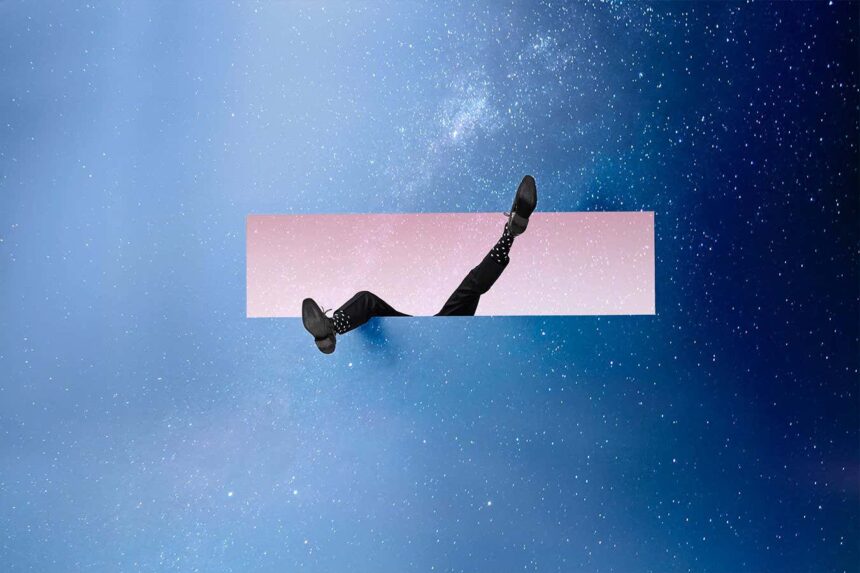
ryan wills; Klaus Vedfelt/Getty Images
Ever feel like you are stuck in a hole? Newsflash: you are. Astronomers call it the “local hole”, but that is quite the understatement. It is vast, gigantic, enormously huge – although, in truth, adjectives fail us when it comes to this expanse of nothingness. It is the largest cosmic void we know of, spanning 2 billion light years. Our galaxy happens to be near its centre, but the trouble with this hole isn’t that it presents a proximate danger – more that it shouldn’t exist at all.
That is, if one of our most firmly held beliefs about the cosmos is true. That assumption, known as the cosmological principle, says that the universe’s matter should be evenly distributed on the largest scales. It is the cornerstone on which much of modern cosmology is built. If the void is real, then that stone might be crumbling.
For this reason, few dared to believe the void could be genuine. But evidence has mounted in recent years, and astronomers have moved from doubt to begrudging acceptance. They have also discovered other similarly vast structures. So now the question is being asked with increasing urgency: if we really are living in a void, do we need to drastically modify our models of the cosmos? That might involve rethinking gravity, the nature of dark matter, or both.
The idea that the universe has the same character through and through can be traced back at least as far as Isaac Newton. He argued that the motions of the stars and planets can be explained…

